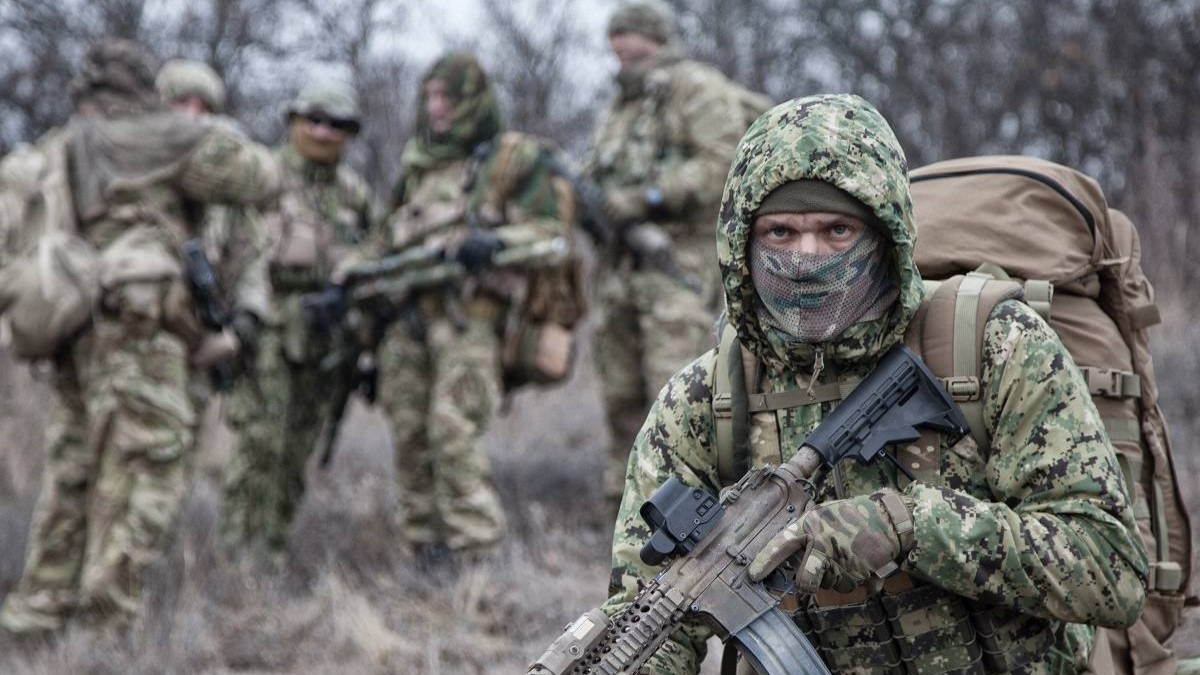10 Fascinating Facts About The British SAS

The British Special Air Service (SAS) is one of the world's most renowned and respected special forces units. Known for their exceptional skills, secrecy, and daring operations, the SAS plays a crucial role in the UK's defense and counter-terrorism efforts. Here are ten intriguing facts about this elite force.
1. Motto
The SAS motto is "Who Dares Wins," reflecting their ethos of courage and determination.
2. Formation
The SAS was formed in 1941 during World War II by David Stirling as a commando force for raids behind enemy lines.
3. Selection Process
The SAS selection process is considered one of the toughest in the world, with a pass rate of about 10%.
4. Iranian Embassy Siege
The SAS gained worldwide fame after their televised counter-terrorism operation during the 1980 Iranian Embassy siege in London.
5. Nickname
They are often referred to as the "Regiment" or the "Hereford Regiment," after the location of their headquarters.
6. Unique Insignia
The SAS wear a distinctive winged dagger emblem, often referred to as the "flying dagger" or "winged sword."
7. Publically Acknowledged
The existence of the SAS was not officially acknowledged until 1980, after the Iranian Embassy siege.
8. Global Influence
Many special forces units around the world, including the US Delta Force, have been modeled on or influenced by the SAS.
9. Artistic Connections
Famous author Andy McNab is a former SAS operative who has written several books based on his experiences.
10. Adaptability
SAS operatives are trained to operate in various environments, from arctic to desert, and are experts in counter-terrorism, hostage rescue, and covert reconnaissance.
Timeline of The British SAS
1941
Formation of the SAS by David Stirling during World War II.
1947
SAS reformed as a territorial army unit after being disbanded post-WWII.
1952
22 SAS Regiment formed as a regular army unit.
1980
Iranian Embassy siege operation brings SAS into public spotlight.
1982
Involvement in the Falklands War.
2001-2014
Extensive operations in Afghanistan as part of the War on Terror.
Present
Continued involvement in counter-terrorism and special operations worldwide.